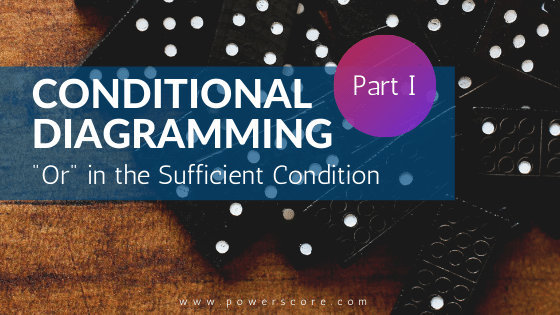Diagrams with multiple sufficient conditions can, depending on the circumstances, then be used to create multiple single diagrams. Let’s look at an example.
Consider a rule that reads: “If Operations or Sales is offered, then Accounting is also offered.”
Operations = O
Sales = S
Accounting = A
As a single conditional statement, there are two parts to the sufficient condition (O and S), that are joined by an “or” operator. That sufficient condition leads to a necessary condition of A:
O
or → A
S
This is a fully integrated diagram that contains all of the information in the given sentence.
However, because of the “or” operator, the occurrence of either individual component of the sufficient condition (O or S) will force the necessary condition to occur. Thus, if O occurs, then A must also occur:
O → A
And if S occurs, A must also occur:
S → A
Thus, writing out the two statements separately is equally valid. The decision is a personal one, and it also depends on aspects of the other rules (sometimes other rules link to only part of this rule, or don’t link neatly, etc).
Note that if the operator in the sufficient condition is “and” instead of “or,” two separate statements cannot be written out because it will be the joint occurrence of the two elements in the sufficient condition that forces the necessary condition to occur.


Leave a Reply